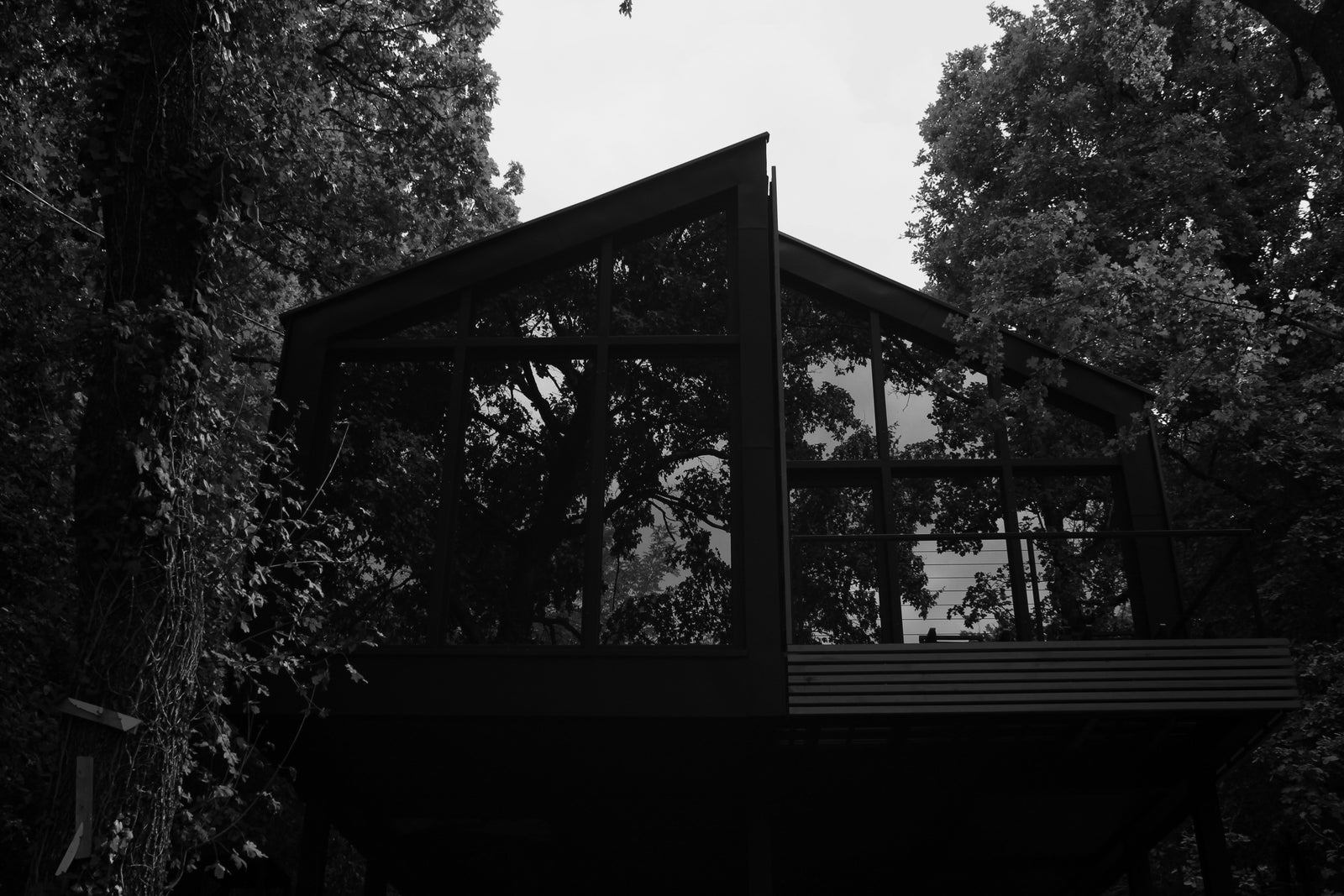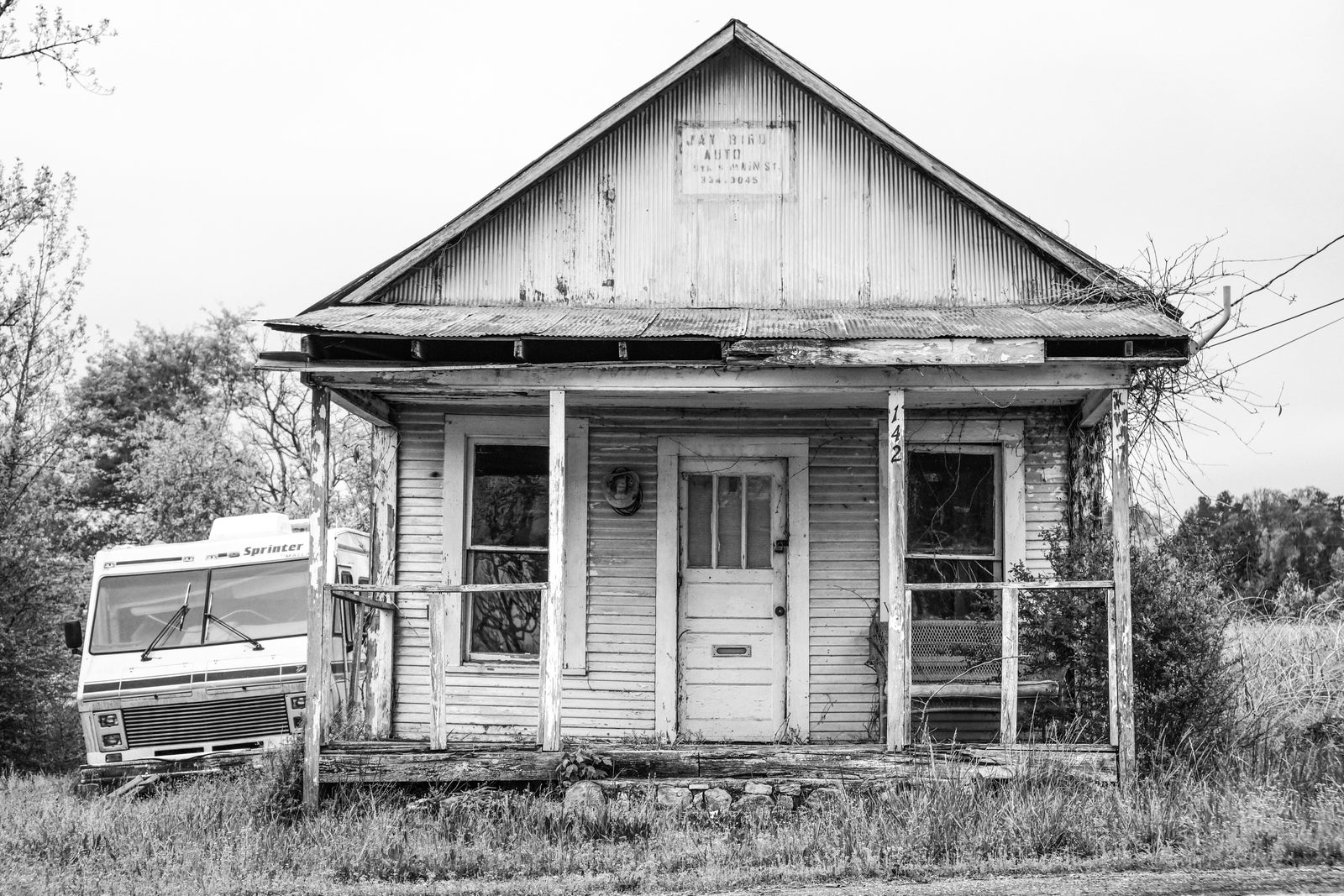
If you have been following the housing market lately, you may have heard the term “Mortgage Wall.” It sounds dramatic, and in some ways it is. The phrase describes a huge wave of Canadian mortgages that will come up for renewal in 2025 and 2026. Because so many homeowners locked in at ultra-low rates during 2020 and 2021, we now face an unusually large cluster of renewals all at once.
According to the Bank of Canada, about 60% of mortgages will renew during this period. For many borrowers, that means moving from record-low rates of under 2% to something closer to 4–5%. Let’s say for example that you took out a $500,000 mortgage in 2021 with an interest rate of 2.15%. Your payments up until now would be around $2,155 per month. Now your term is up and you have to renew at a current interest rate of 5.07%. Now your monthly payment is around $2,750 a month, that’s $595.00 more a month. Understandably, this is raising concerns about affordability and the impact on the housing market.
According to the Bank of Canada, about 60% of mortgages will renew during this period. For many borrowers, that means moving from record-low rates of under 2% to something closer to 4–5%. Let’s say for example that you took out a $500,000 mortgage in 2021 with an interest rate of 2.15%. Your payments up until now would be around $2,155 per month. Now your term is up and you have to renew at a current interest rate of 5.07%. Now your monthly payment is around $2,750 a month, that’s $595.00 more a month. Understandably, this is raising concerns about affordability and the impact on the housing market.
When Will the Mortgage Wall Hit?
The renewal wave is already starting in late 2024, but it will intensify through 2025 and peak in mid-2026. BMO Economics estimates that about 1.8 million mortgages will come due between mid-2025 and mid-2026. The biggest crest comes around May and June of 2026, which lines up with the five-year anniversaries of the 2021 buying boom.
After that, activity should slow, with a smaller secondary wave in 2027 from those who took shorter two- or three-year terms more recently. In short, 2025 and 2026 are the critical years for Canadian homeowners.

What Does This Mean for the Economy?
The Mortgage Wall is expected to act as a drag on the economy, but not cause a crisis. BMO calls it a “moderate headwind,” because families will spend more on mortgage payments and less on things like restaurants, travel, and shopping. The Bank of Canada agrees that while households will feel the pressure, most are equipped to manage.
Several factors are helping to soften the blow:
- Mortgage stress tests: Borrowers had to qualify at higher rates than they actually paid, often around 5.25%. Many will now renew at or below those levels, meaning they were already tested for this scenario.
- Income growth: Since 2020, many households have seen raises or career progress, making higher payments more manageable.
- Lender flexibility: Canadian banks work hard to avoid defaults. Options like extending the amortization can ease payment pressure.
- Household equity: Rising home values have given many Canadians significant equity. Most borrowers are not “underwater,” and many have savings or investments to draw on if needed.
How Will This Affect Interest Rates?
The Bank of Canada began cutting rates in 2024 as inflation cooled, and analysts expect further small cuts into 2026. Instead of pushing rates higher, the renewal crunch adds to the case for rates to remain steady or drift lower.
There is also intense competition among lenders for this huge group of renewing clients. Banks are calling it a “mortgage war,” which could mean better deals for borrowers who shop around. While payment shock has eased somewhat compared to 2023, a significant proportion of borrowers will still see their mortgage payments rise at renewal. That creates a strong incentive to compare offers and negotiate for the lowest possible rate.

What About BC Homeowners?
British Columbia deserves special attention. Home prices here are among the highest in Canada, so mortgage sizes are also larger. That means even a small percentage increase in rates equals a big jump in monthly payments.
RBC has noted that BC and Ontario are already seeing more listings as homeowners prepare for renewals. Some investors may decide to sell if rental income no longer covers mortgage costs. As a result, we could see housing supply increase and prices soften slightly through 2025 and early 2026. Still, most analysts do not expect a crash. Instead, the market will likely cool temporarily before stabilizing.
What Should Homeowners Do?
If your mortgage is coming up for renewal in the next year or two, now is the time to plan. Here are some steps to consider:
Start early: Review your numbers 6 months before renewal.
Shop around: Compare offers from multiple lenders, not just your bank.
Explore options: Ask about extending your amortization, switching mortgage types, or refinancing if needed.
Adjust your budget: Be realistic about what higher payments mean for your monthly spending.
Shop around: Compare offers from multiple lenders, not just your bank.
Explore options: Ask about extending your amortization, switching mortgage types, or refinancing if needed.
Adjust your budget: Be realistic about what higher payments mean for your monthly spending.

Final Thoughts
The Mortgage Wall is a real challenge, but it is not expected to break the housing market. Most homeowners will feel some pressure, but Canada’s stress tests, bank practices, and strong household equity give us buffers that many other countries do not have.
In BC, where prices and mortgages are higher, the impact will be felt more sharply, but it also may create opportunities for buyers as prices stabilize and competition cools.
If your renewal is coming up soon, do not wait until the last minute. Let’s sit down and talk about your options so you feel prepared, not panicked. With the right planning, you can get through the Mortgage Wall and come out the other side with confidence.